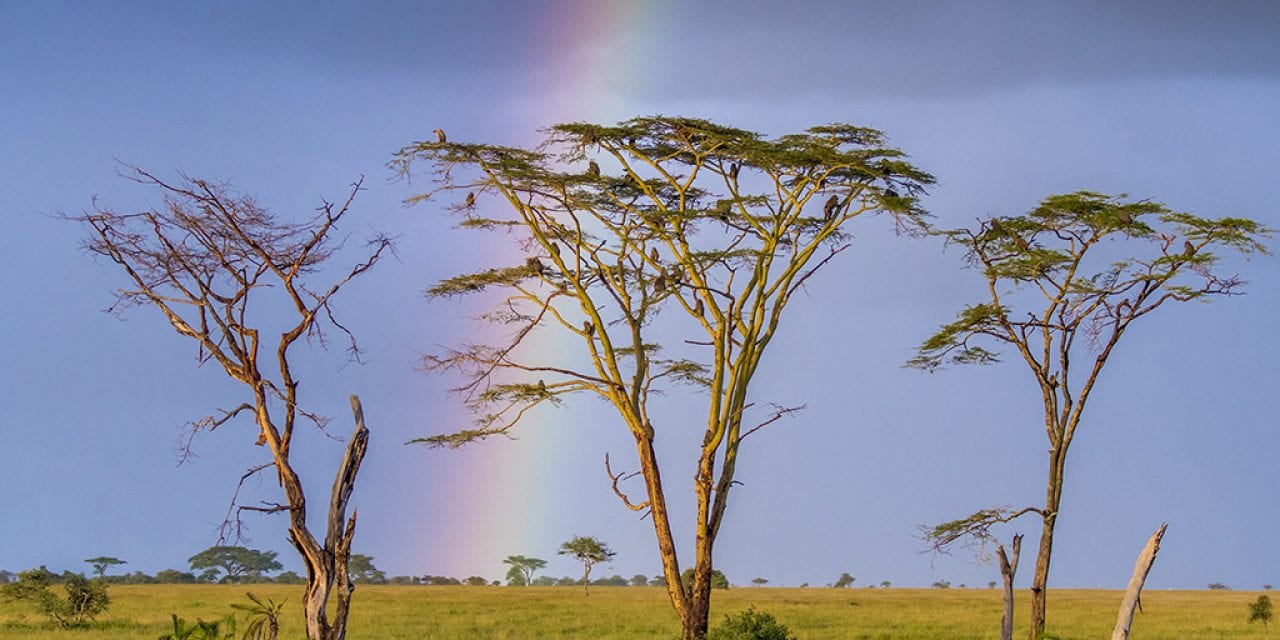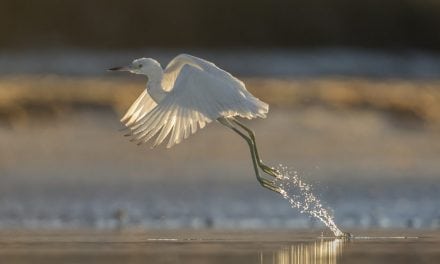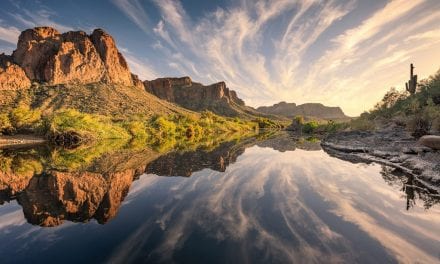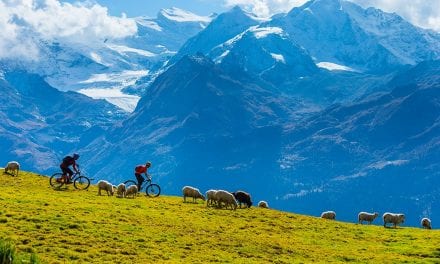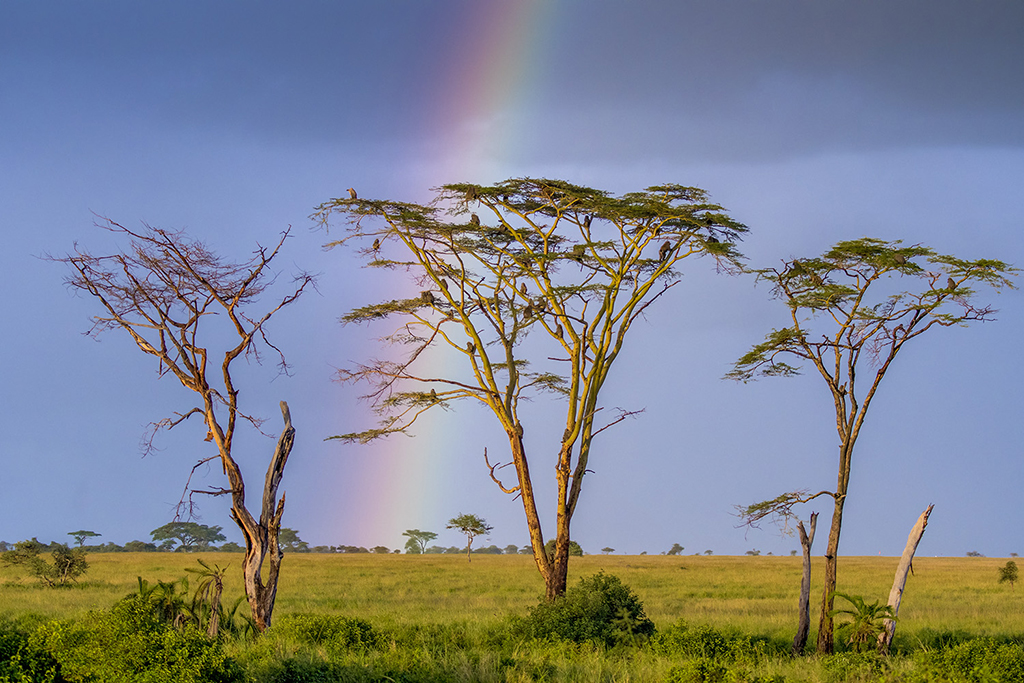
In part one of this series, I addressed front light and in part two, I wrote about backlight. In part three, I addressed both sidelight and soft light. Part four ends the series with dramatic light.
Dramatic Light: The Cutting Edge
Front, back, side and soft light all have their pluses and minuses. Learning how to exploit them takes patience and practice. Practice using each of them as they’re all easily repeatable depending on the weather of any given day. But there are some special qualities of light that don’t occur as the norm. These qualities produce the most spectacular and dramatic conditions available. I refer to it as light on the cutting edge.
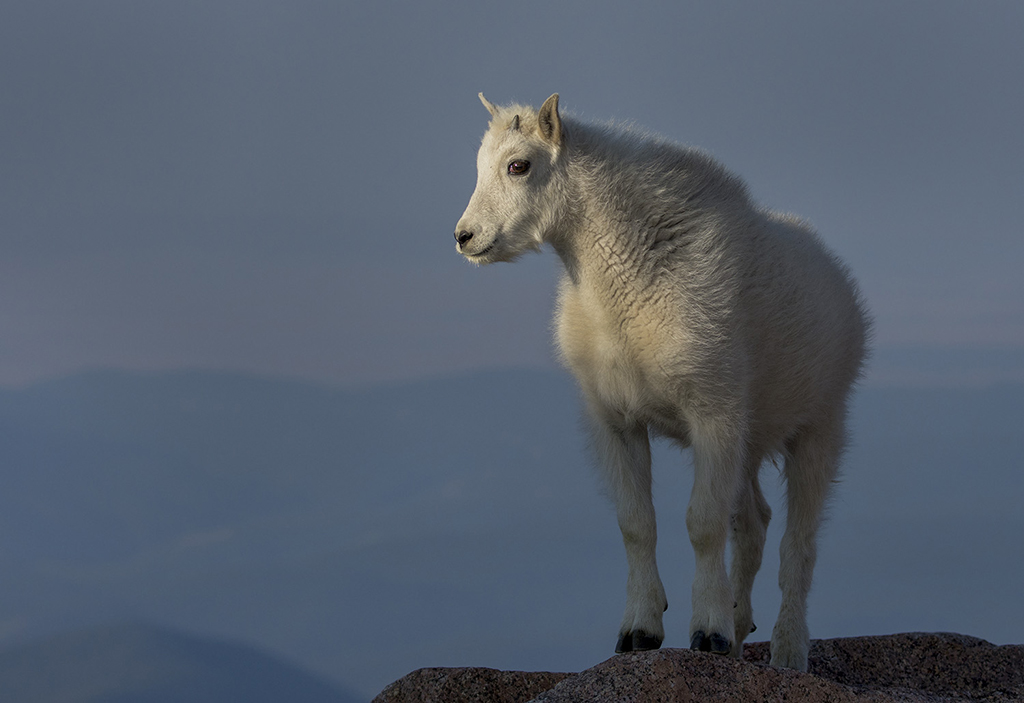
Sunrises or sunsets that envelope the sky in a blood-red canopy, an iridescent rainbow that emerges from storm clouds, a spot-lit subject with a backdrop of dark skies all produce non-repeatable qualities of light that beckon to be photographed. A technicolor world appears as if by magic. Shadows and light intertwine in a dance of short-lived beauty. This amazing light is fleeting, so work quickly and efficiently.
The same way a beautiful subject makes it easier to produce a good image, great light makes it simpler. Encountering cutting edge light without capturing an image would be a tragedy. When cutting edge light occurs, it’s essential a photographer works efficiently. It’s very easy to get caught up in the excitement and overlook the fundamentals. The body gets pumped up and tends to not work the way it should when relaxed. Whenever I’m blessed with cutting edge light, I treat it as a gift, take a second to relax and thank the weather gods when it’s over.
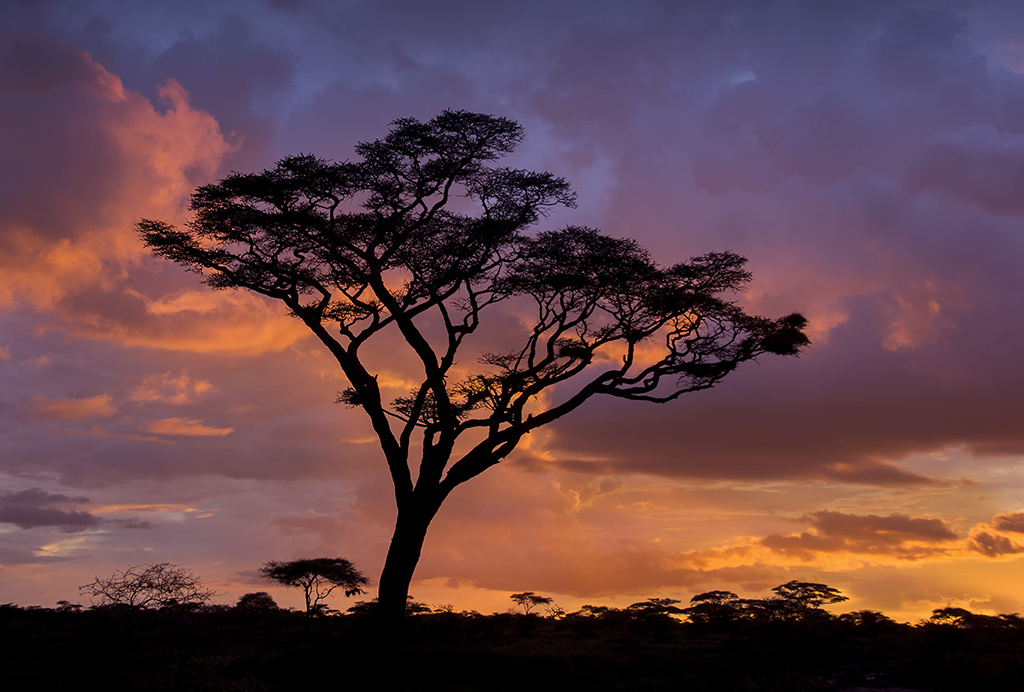
Rainbows appear when the sun is near the horizon and the sky opposite it is filled with moisture. The moist air acts like a prism. The water drops diffract the light and create the colors. A rainbow’s colors can be enhanced using a polarizer, but it can also obliterate it if rotated to the wrong position.
Rainbows are short-lived. Quickly find an interesting subject to use as a foreground. Of special importance is positioning the bottom of the rainbow in a key area of the frame. Proper exposure is straight forward, but I recommend bracketing to be safe. You don’t want to blow out the delicate warm tones of color in it. By all means, base the exposure on the Red channel of your histogram.
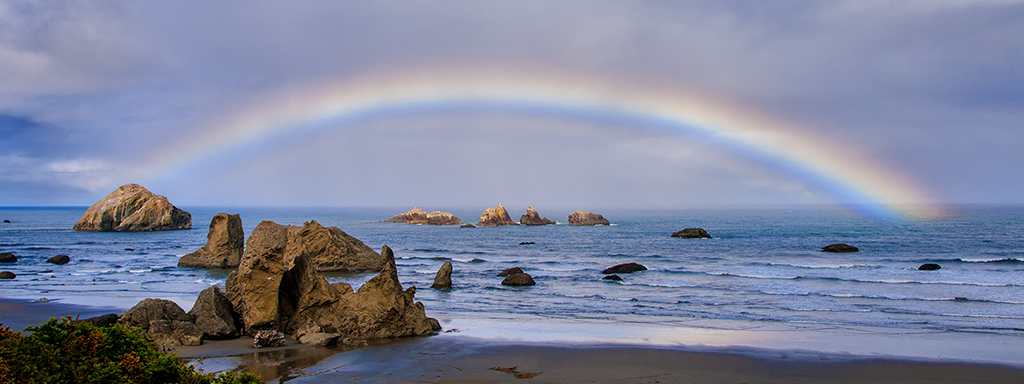
When cutting edge light presents itself, sometimes a wide exposure variation occurs between the sky and landscape. Narrow this extreme with the use of a graduated neutral-density filter. These allow me to selectively darken certain portions of the sky or foreground so no one area is recorded too light or too dark. Preview the scene using the depth of field preview button to see where the transition line of the filter falls. An alternative is to make a bracketed series of one-stop increments and merge the images to HDR using software.
In conclusion, exploit all the types of light you’re bestowed. Dawn and dusk occasionally create an alpenglow that can take your breath away. Night photography under a full moon produces a unique quality unobtainable by any other source. The light that occurs on rainy or snowy days produces mood and uniqueness. Light is at the essence of any photograph, so here’s a final tip. Illuminate yourself as to what type of light is quite right; “be it bright or night, get it right.”
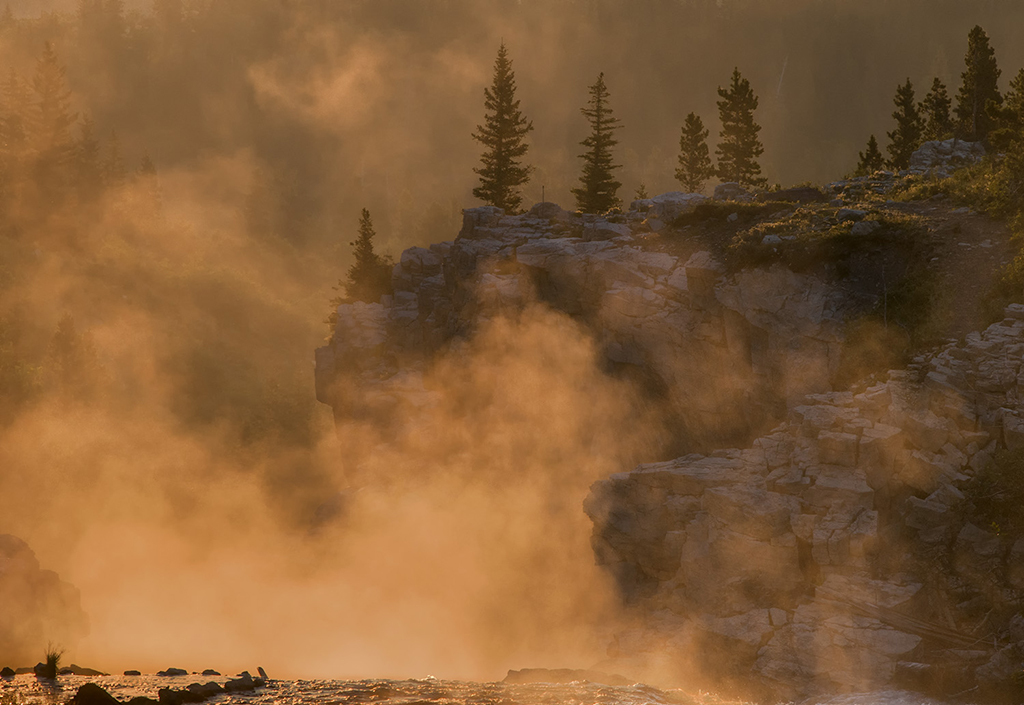
Visit www.russburdenphotography.com for information about his nature photo safaris to Tanzania.
The post The Guiding Light, Part 4: Dramatic Light appeared first on Outdoor Photographer.

